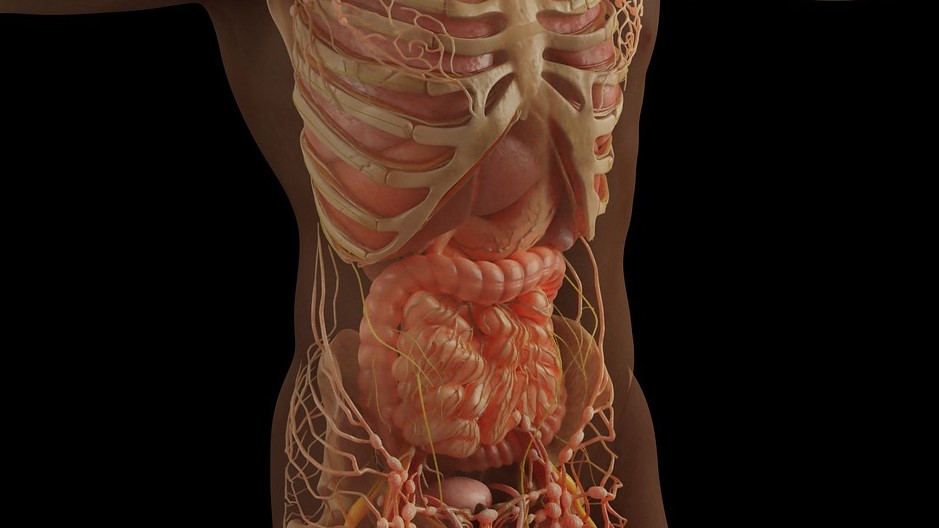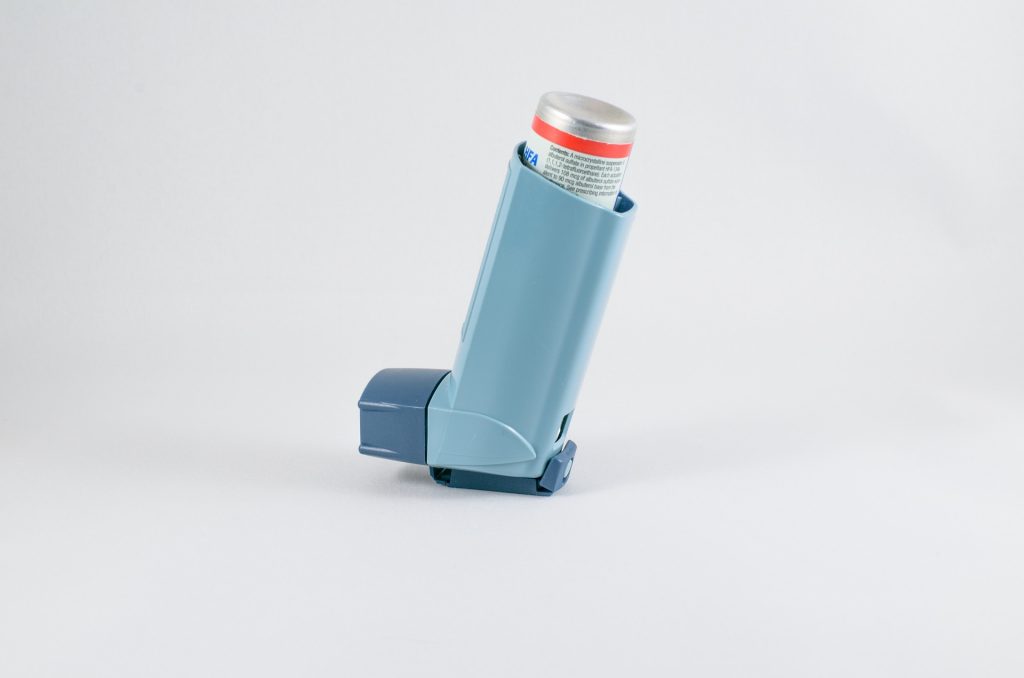The Cardiovascular Disease and Inflammation Link is ‘Clinically Actionable’

A new ACC Scientific Statement on Inflammation and Cardiovascular Disease (CVD) highlights new groundbreaking research linking inflammation atherosclerotic cardiovascular disease (ASCVD) and provides consensus-based recommendations for evaluation, treatment and prevention reflecting this new era.
“The evidence linking inflammation with ASCVD is no longer exploratory but is compelling and clinically actionable,” write the authors, led by Writing Committee Chair George A. Mensah, MD, FACC. “The time for taking action has now arrived.”
Published in JACC, the Statement includes specific recommendations for screening, evaluation, and CVD risk assessment; inflammatory biomarkers in cardiovascular imaging; inflammation inhibition in behavioural and lifestyle risks; and anti-inflammatory approaches in primary and secondary prevention, as well as in heart failure and other cardiovascular diseases.
Among the key takeaways:
- High-sensitivity C-reactive protein (hsCRP) is an inexpensive and widely available blood test. While there has been debate within the medical community regarding the utility of hsCRP, this statement details the data confirming its value in clinical decision making in primary and secondary prevention.
- In patients with known CVD, hsCRP level is at least as predictive of future events as LDL cholesterol levels, even in patients treated with statin therapy.
- The important role of lifestyle interventions to reduce systemic inflammation is emphasised, including regular exercise (at least 150 minutes/week), Mediterranean or DASH Diet, and intake of omega-3 fatty acids, including two to three meals per week of fatty fish high in EPA and DHA. This advice aligns with lifestyle management recommendations in the 2025 ACC/AHA High Blood Pressure Guideline
The Statement also discusses current challenges and opportunities based on the new evidence, exploring topics like the advancing field of cardioimmunology and areas for further research, such as the interplay between inflammation and key physiological systems, the role of novel special pro-resolving bioactive lipid molecules in promoting the resolution of inflammation and CVD risk reduction, and more.
The authors close with a call for action to “embrace anti-inflammatory interventions in patients with established ASCVD” and for clinical practice guidelines that implement “broad screening of primary and secondary prevention patients for hsCRP, in combination with LDL cholesterol.” Additionally, they note: “The time is also ripe for the development of strategies to promote increased physician awareness of the crucial role of inflammation in CVD and accelerate the adoption of evidence-based, guideline-directed anti-inflammatory therapy through dissemination and implementation research.”
Source: American College of Cardiology










